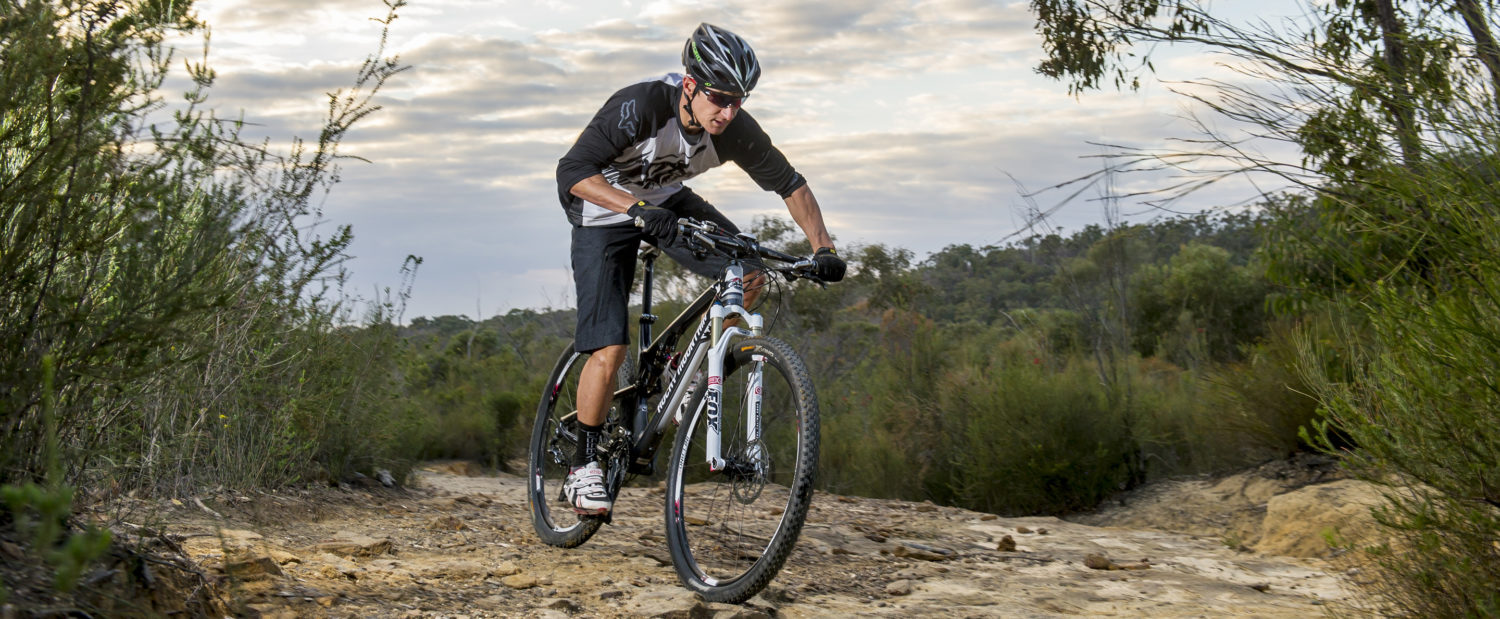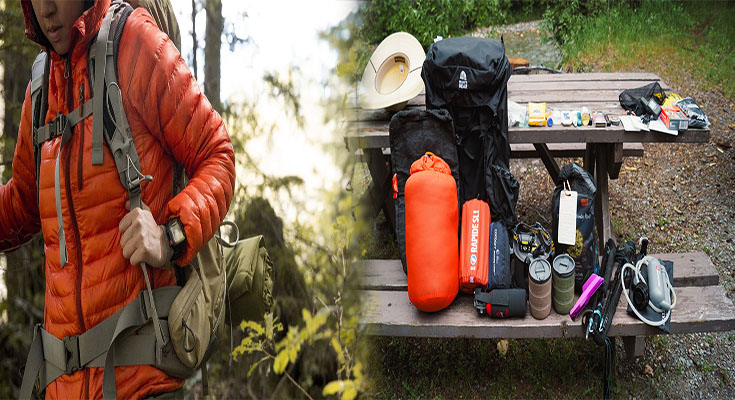Packing efficiently for a long backpacking trip can be challenging, especially if you are a first-time backpacker. With limited space and weight restrictions, it’s crucial to pack smart and prioritize the essentials. In this article, we will walk you through the process of packing efficiently for a long backpacking trip, so you have everything you need without carrying unnecessary weight.
Step 1: Choose the Right Backpack
Choosing the right backpack is crucial for efficient packing. A backpack that fits your body well and has adequate support for your load will make a significant difference in your comfort level and overall experience. Before purchasing a backpack, consider its size, weight, design, and features, such as compartments and compression straps.
Pro tip: Try on different backpacks with weight to see how they feel on your back and choose one that fits your body type and accommodates the length of your trip.
Step 2: Create a Packing List
Before packing your backpack, create a comprehensive packing list that includes all the essentials. Consider the weather, terrain, and activities you plan to do on your trip to ensure you have everything you need. Divide your list into categories, such as clothing, gear, and food, and prioritize the essentials over non-essential items.
Pro tip: Use a travel checklist app or website, such as PackPoint or TripList, to help you create and customize your packing list according to your needs and destination.
Step 3: Choose the Right Clothing
Choosing the right clothing is crucial for efficient backpacking. Opt for lightweight and moisture-wicking clothing that is versatile and can be layered for different weather conditions. Avoid cotton, which takes longer to dry and retains moisture, and prioritize synthetic or wool materials.
Pro tip: Plan to wear your heaviest and bulkiest clothing, such as boots and jackets, during transport to save space in your backpack.
Step 4: Pack Multi-Purpose Gear
Packing multi-purpose gear can save space and weight in your backpack. Look for items that serve multiple functions, such as a tent that doubles as a rainfly, or a pot that can be used for cooking and drinking. Consider the weight and size of each item and prioritize lightweight and compact gear that serves multiple purposes.
Pro tip: Pack a universal sink plug to wash your clothes in the sink instead of packing additional clothing items.
Step 5: Pack Food and Water Strategically
Packing food and water strategically can save space and weight in your backpack. Consider the length of your trip and plan your meals accordingly. Choose lightweight and non-perishable food items, such as trail mix, jerky, and instant oatmeal, and pack them in resealable bags or containers to save on space. Also, consider water sources along your route and pack a water filter or purification tablets to reduce the amount of water you need to carry.
Pro tip: Freeze dried meals take up less space and weigh less than traditional canned or packaged foods.
Step 6: Use Packing Cubes and Compression Bags
Packing cubes and compression bags can help you maximize space in your backpack. Use packing cubes to organize your clothing and gear according to categories or activities, and use compression bags to reduce the volume of your clothing and sleeping bag. This way, you can pack more items without sacrificing space.
Pro tip: Roll your clothes tightly to save space and prevent wrinkles.
Packing efficiently for a long backpacking trip is all about prioritizing the essentials, choosing the right gear, and using space-saving strategies. By following these steps, doing thorough research, and packing smart, you can enjoy a comfortable and memorable journey, even with a limited amount of space. So, grab your backpack, pack smart, and get ready for an unforgettable adventure!





